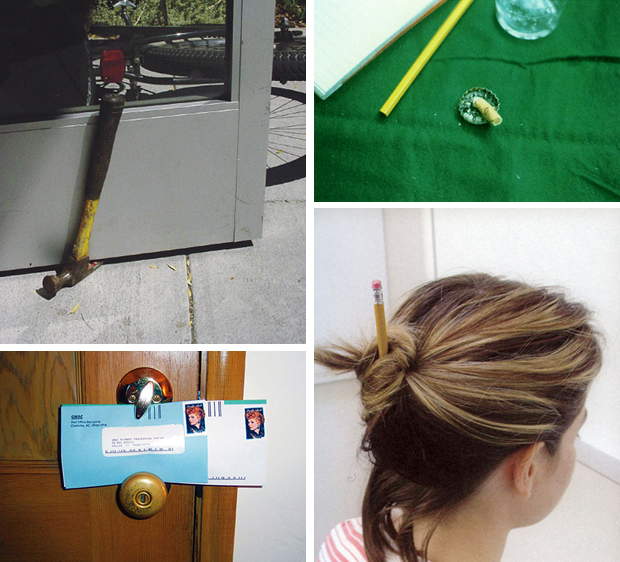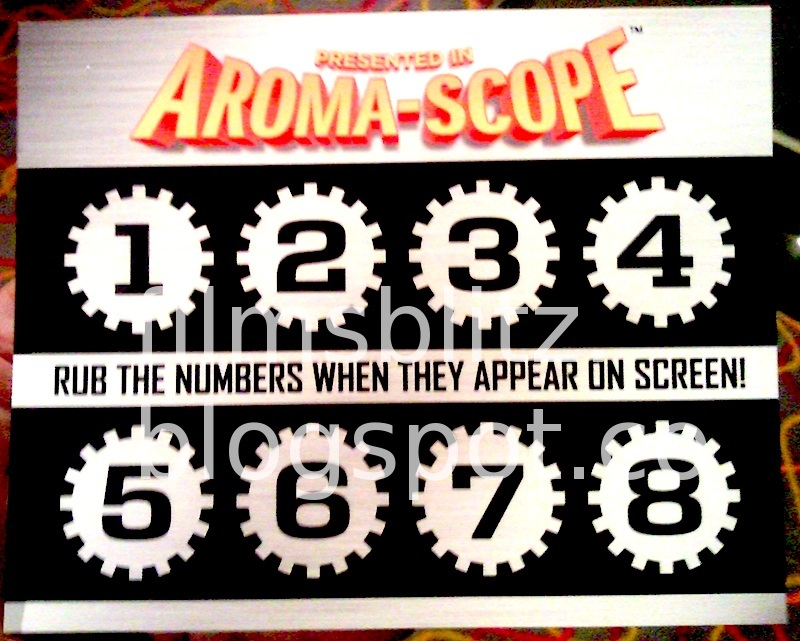1. I'm fascinated by how the official design of something is often completely redesigned by the people doing the actual work.
Example: at doctor's office today I filled out forms explaining why I was there.
Reality: doc asked same questions and took notes, w/o reading the form.
Example: at doctor's office today I filled out forms explaining why I was there.
Reality: doc asked same questions and took notes, w/o reading the form.
2. The mismatch is that the *designer* has assumptions about the real world that they never check. Even after their design is in the world.
Architects are notorious for never visiting their buildings after they're finished. Also true for many kinds of design, tech & beyond.
Architects are notorious for never visiting their buildings after they're finished. Also true for many kinds of design, tech & beyond.
3. The system or product works, but only because it's the front line workers, often uncredited, who are the glue holding it together.
I think of grocery store clerks teaching people how to use the self-checkout machines. Or the IT department training ppl how to use Google Docs.
I think of grocery store clerks teaching people how to use the self-checkout machines. Or the IT department training ppl how to use Google Docs.
4. The best designers are curious about the gaps - they want to know who is filling them in and how, maybe, their next design wouldn't require so much assistance to work well.
But much design is like those office forms - the designer doesn't know it's not really working.
But much design is like those office forms - the designer doesn't know it's not really working.
5. In the tech world one data goldmine is customer support - what features and scenarios generate the most calls?
But too often design is detached from that data. @automattic has every new employee work in support for weeks b4 they start their job. Every org should do this!
But too often design is detached from that data. @automattic has every new employee work in support for weeks b4 they start their job. Every org should do this!
6. Whenever I see a design gap, I think about:
- Does the designer know this exists?
- Did they learn from it?
- Did they try to close the gap through an update?
- What made that hard to do?
- What culture incentives/disincentives influenced them?
- Does the designer know this exists?
- Did they learn from it?
- Did they try to close the gap through an update?
- What made that hard to do?
- What culture incentives/disincentives influenced them?
7. I think often about @JaneFultonSuri's book Thoughtless Acts - and how inventive everyday people are in filling in gaps in their daily lives.
But there are gaps in every app and hi-tech thing too.
But there are gaps in every app and hi-tech thing too.

• • •
Missing some Tweet in this thread? You can try to
force a refresh












